The reading on “The End of Books–Or Books Without End?” by J. Douglas was an interesting piece on how books could go without endings. I was a little skeptical about the readings on having inconclusive pieces because stereotypically speaking, novels must end so that the readers can feel at ease after all the suspense. In relation to ‘Hypertext‘, novels that are inconclusive does give another meaning to hypertexts. Imagine an interactive media where you are able to decide the path of the story and make their own endings. I definitely can refer back to Landow’s Hypertext 3.0 extract on linearity.
The concepts of beginning and ending imply linearity. What happens to them in a form of textuality not governed by linearity? (Landow, p. 110)
Interactive novels were “not govern by linearity”. Landow’s prediction was confirmed by these game books called Fighting Fantasy that chooses your own path by choosing the page you wish your character to head down. These novels jumps pages back and forth as you choose the path for your character. For example, “go through the right door, turn to page 48” or “head down the stairs, turn to page 22” would be the decisions for your character to move. It is interesting how the author had thought and strategically labelled the situations or events. To sidetrack a little, they have it on our tablets and devices now!
Another example is an interactive web series that are up and coming in this modern era. Web series such as WongFu Production’s most recent four episode web series, ‘Away We Happened’ does allow you to choose the path the character goes through by commenting your ideas when they ask “what should she do next?”. (click on the picture to see the trailer)
“One of the purposes driving interactive narratives, however, is the
desire for the inexhaustible story, the mystery that unspools with a
fresh cast of suspects instead of gliding quickly through its denouement
to a limited conclusion; the endless fount of stories that spring
from Scheherazade during her 1,001 nights; the seemingly limitless
versions of long-familiar tales that Homeric rhapsodes spun in
response to cues and demands from their audiences.” (Douglas, J p.13)
After the readings, I realise that why put a stop on our imaginations when you can show an open-ended conclusion for us readers to imagine the endings instead? I felt more inclined to this style due to its unlimited conclusion that you will not run out of conclusion. Arguably, there are still many that disagree with this style. They need closure or their insecurities will take over. Take for example a movie called Inception by Christopher Nolan starring the ever dashing Leonardo DiCaprio! (if you have not watched it, please stop reading and watch it now – shame on you!) The ending of this particular movie has been debated for months even years! Some say he was still trapped in his dream others say he was not. Hence, some people would love to see a resolution than being stuck in suspense wondering the possibilities of the conclusion. In my opinion, it’s a better practice to let your imagination roam wild, the freedom of imagination to think outside of the box.
Don’t get me started on those terribly irritating cliffhangers as well! They really put people at the edge of their seats. I have terrible issues with TV series and anime episodes. However, this causes my mind to run miles thinking on every plausible conclusions. Cliffhangers challenges the mind so we use our brain cells to cough up some possible conclusions for the lead characters. As irritating as it is, I agree with having cliffhangers (all in the video marketing strategy).
This web series Good Mythical Morning discuss about the greatest cliffhangers in TV history:
#goddamncliffhangers




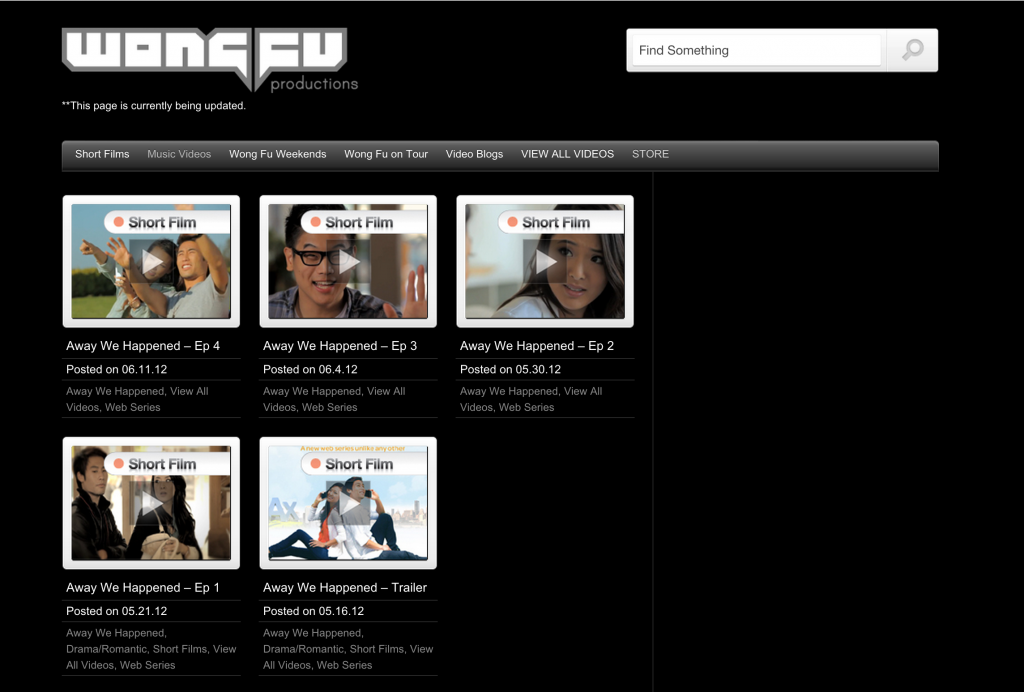

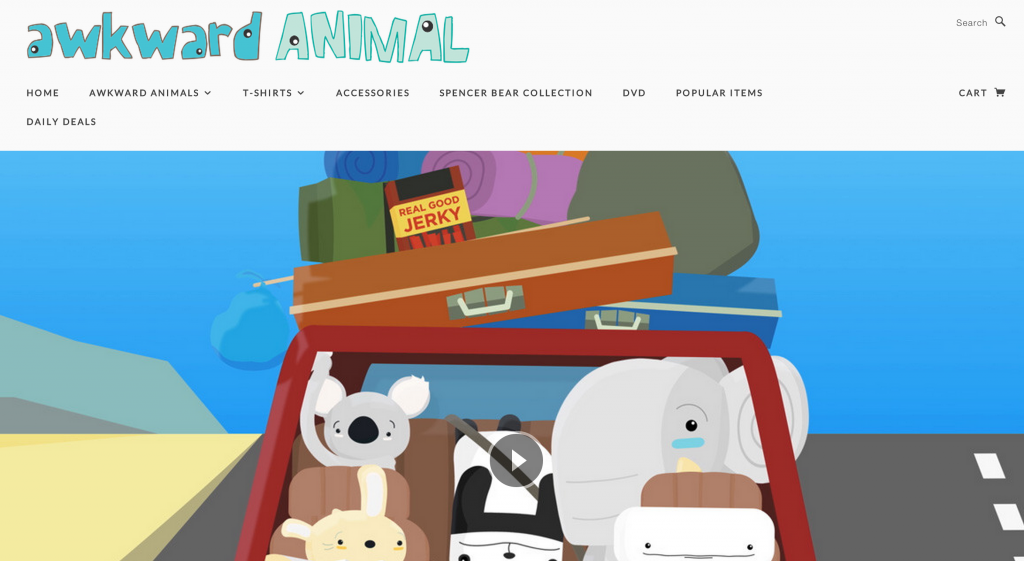
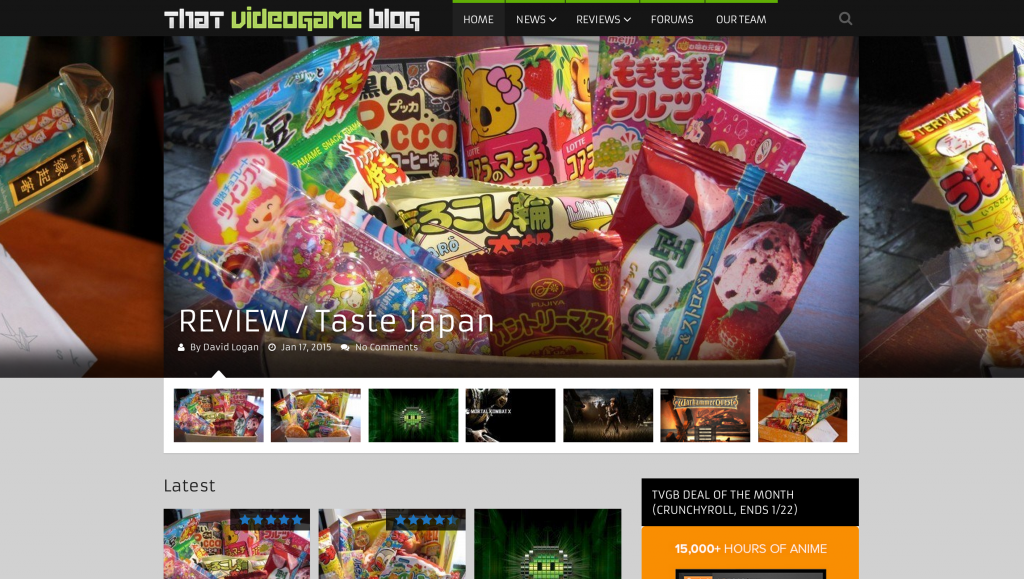



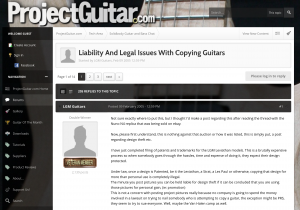
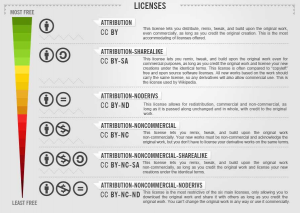
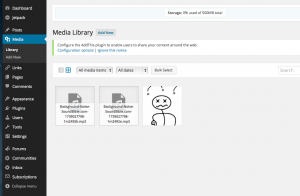 Another way of adding music is to upload mp3 files into your ‘Media Library’ (pic) and then add new post. In the new post, there is a button called ‘Add Media’ and the tab for ‘Create Audio Playlist’ will be visible. Thus, you have your music player as a new post.
Another way of adding music is to upload mp3 files into your ‘Media Library’ (pic) and then add new post. In the new post, there is a button called ‘Add Media’ and the tab for ‘Create Audio Playlist’ will be visible. Thus, you have your music player as a new post.
